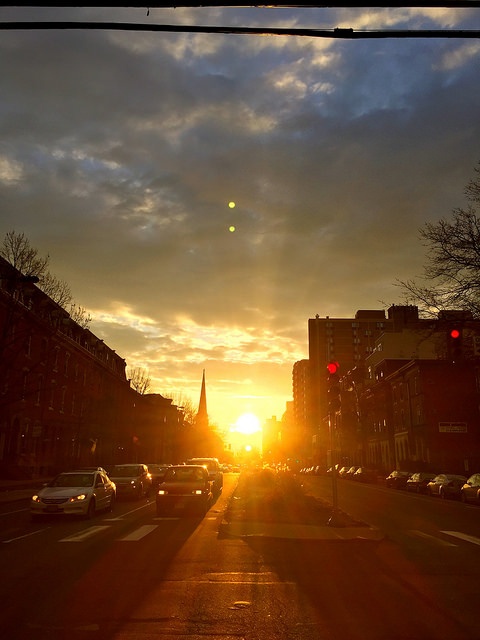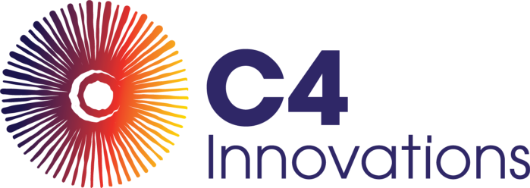
I am affected by Seasonal Affective Disorder, or SAD for short. Ironic as it may seem, SAD tends to make me sad. It affects my mood, my motivation, and my ability to focus.
What is the cause of this yearly disturbance? It’s related to the change in seasons. As autumn progresses, the sun shines more directly over the Southern Hemisphere, until it reaches December 25, when it begins to make its way slowly back toward the equator and the Northern Hemisphere. This scientific phenomenon is the reason why the sun does not rise quite as high in the fall and winter as it does throughout the rest of the year. Lasting darkness causes my seasonal depression and lethargy.
When I was a kid, my parents would trick me into an earlier bedtime by reminding me that when it was dark outside, I should be asleep. Now at 26 years old, I just feel depressed during the darkest months of the year. It’s hard to wake up because it’s still dark outside. My office doesn’t get much natural light, so I’m sleepy all day. And, the sun begins to set before or during my commute home. Thus, I’m sluggish, mildly depressed, and my diet shifts radically toward fatty, salty, comfort foods.When properly diagnosed as Seasonal Affective Disorder, specific treatments can mitigate its symptoms. Bright Light Therapy, Ionized-Air Administration, and Cognitive Behavioral Therapy are common treatments. Here are a few things you can do free of charge during this time of year:
- Exercise.
Seems obvious, but consider exercising just five minutes a day when you might otherwise be subjecting yourself to a predictable sedentary routine. If you’re not already doing this regularly, the new rush of endorphins may propel you right into the next season.
- Go outside for short breaks or for lunch.
No matter how cold it gets, consider taking your 10 or 15 minute breaks outside. The sun may be mostly covered, but sometimes just a little fresh air can reinvigorate your spirit.
- Deliberately adjust the lighting during this season.
Try buying or setting up your lights differently at the office or in your home. In anticipation for the darkest days of the year, preemptively counter the impulse to hibernate. Fill your home and office with bright lighting wherever you can afford it.
- Engage with the darkness.
The darkness may get to you, but it won’t overcome you unless you allow it. Just as you might add a light to your office or living room to keep you alert in this season – grab a flashlight, invite a friend, and go outside! Adventures and discoveries in the dark can be both empowering and rewarding.
- Plan trips/events for upcoming seasons.
Escaping during the holiday season can be therapeutic for various reasons, but consider staging an event or vacation for early spring. Planning to enjoy the “light at the end of the tunnel” can keep you engaged and motivated until the worst is over.
Keep in mind, my friends, that you are not alone. Seasonal Affective Disorder affects more people than are diagnosed. Before you feel any of the familiar symptoms of SAD, be sure to motivate yourself to change and seek help when necessary. There’s no need to tough it out alone just because it’s recurring. And, if you’re already sensing the affects of the season, know that it’s never too late to turn things around.
Want to read more about bringing light during the holidays to people who have survived trauma?
Image by Alexis Lewis (CC by 2.0).







